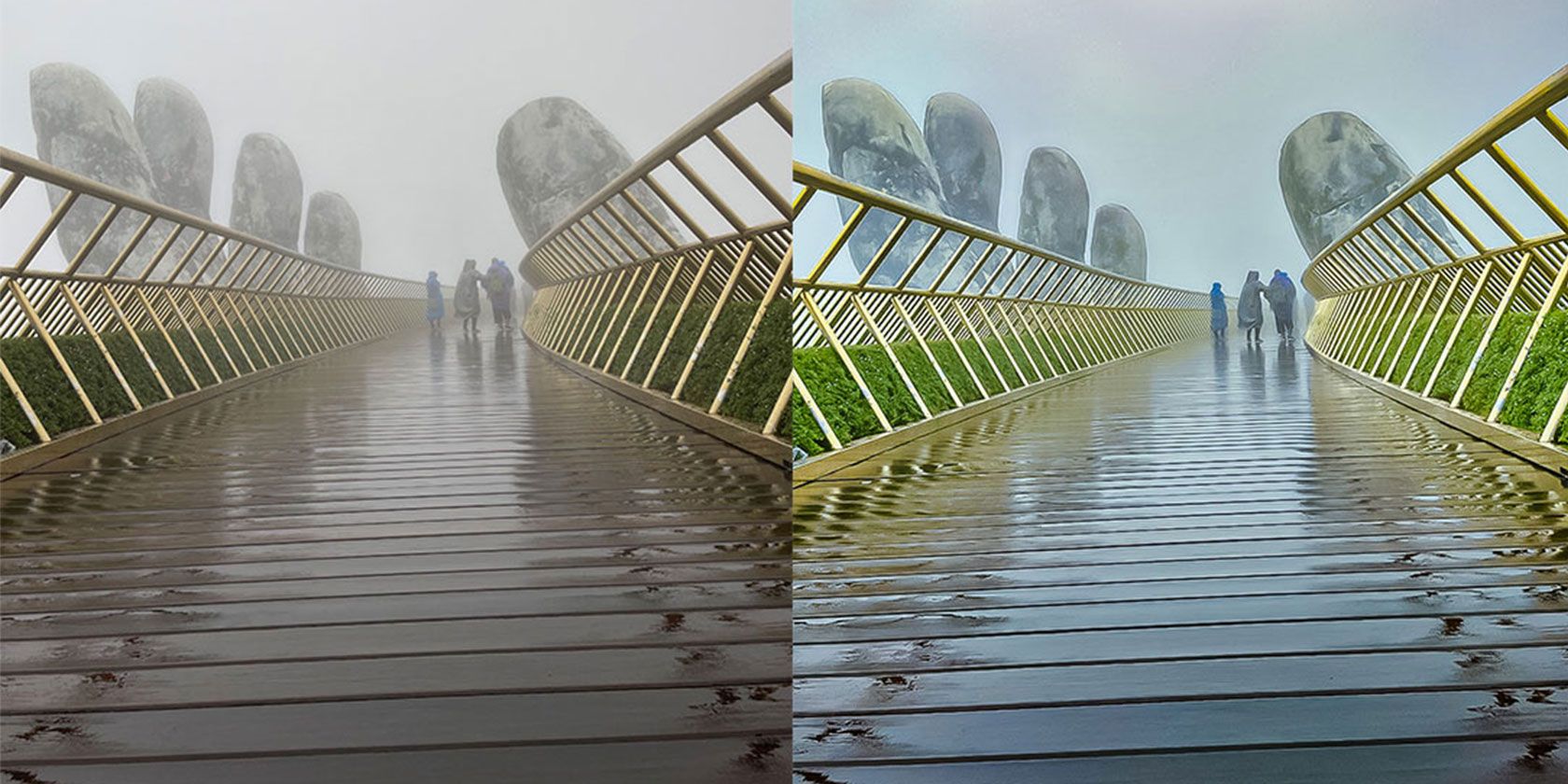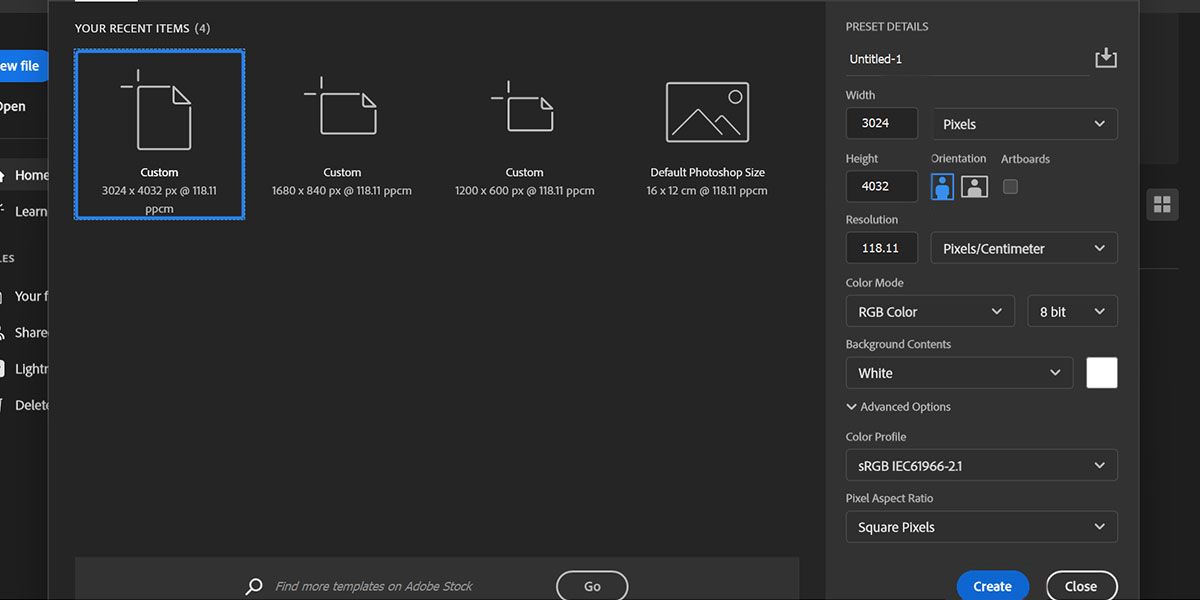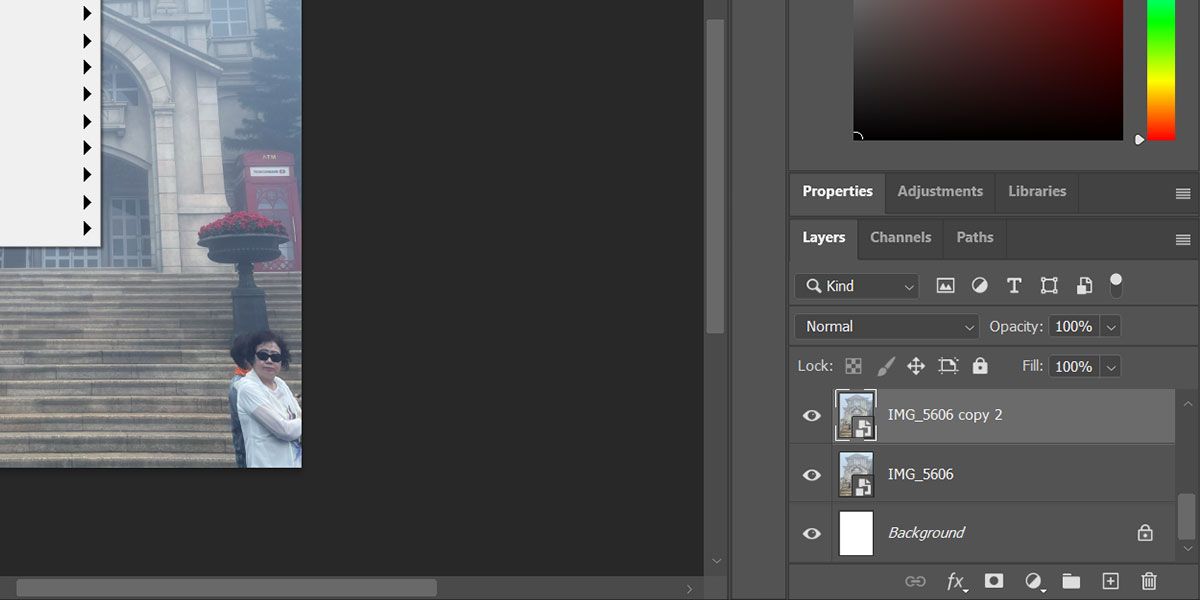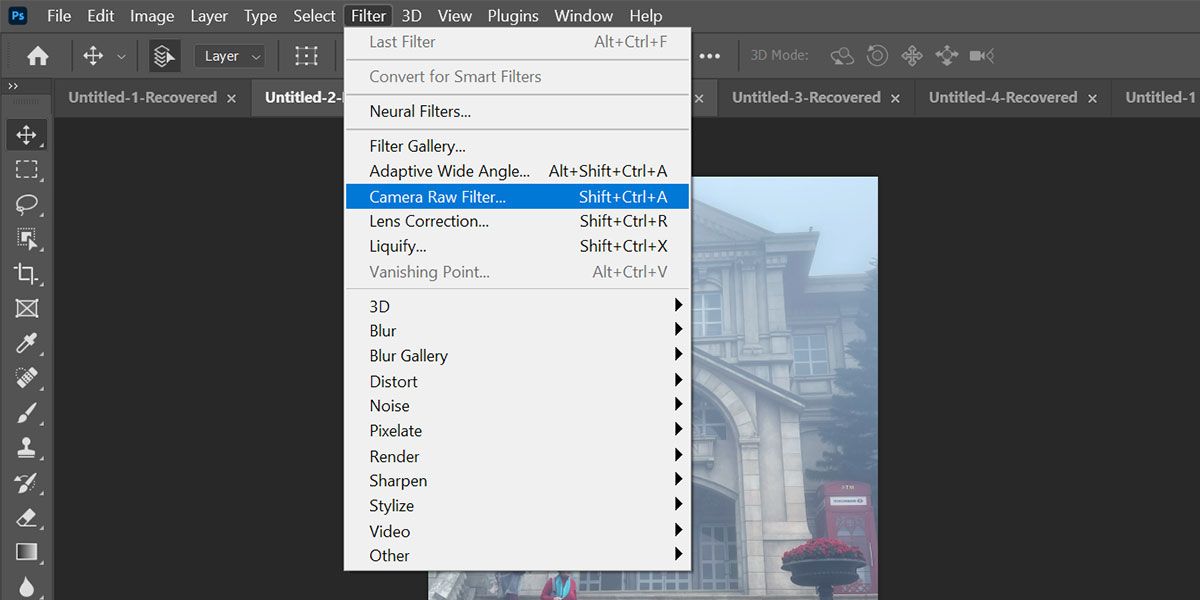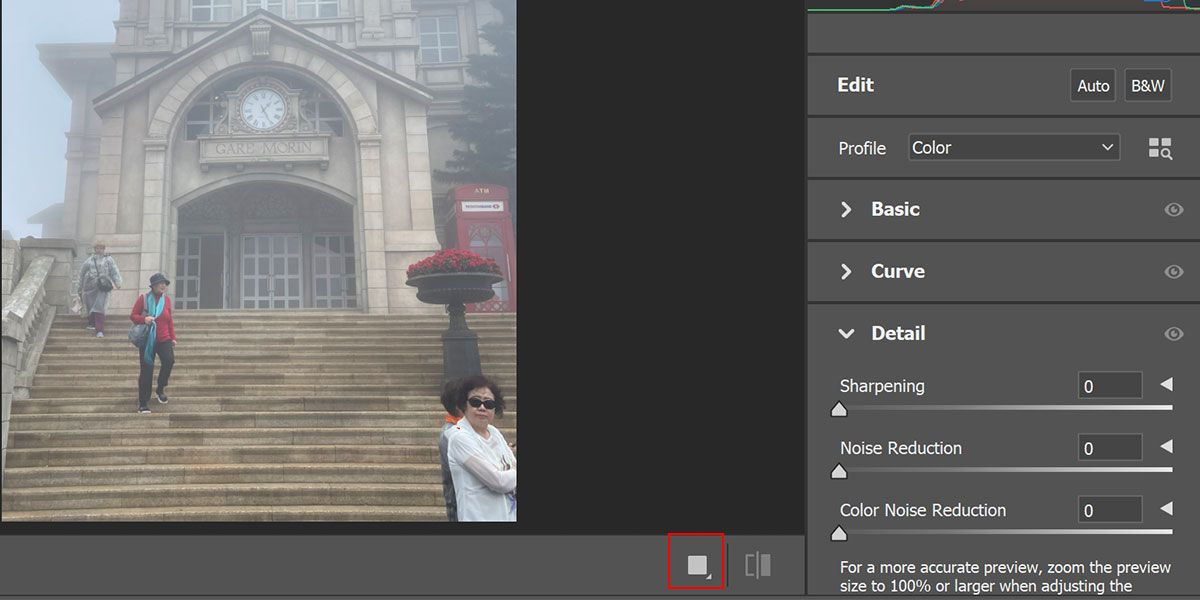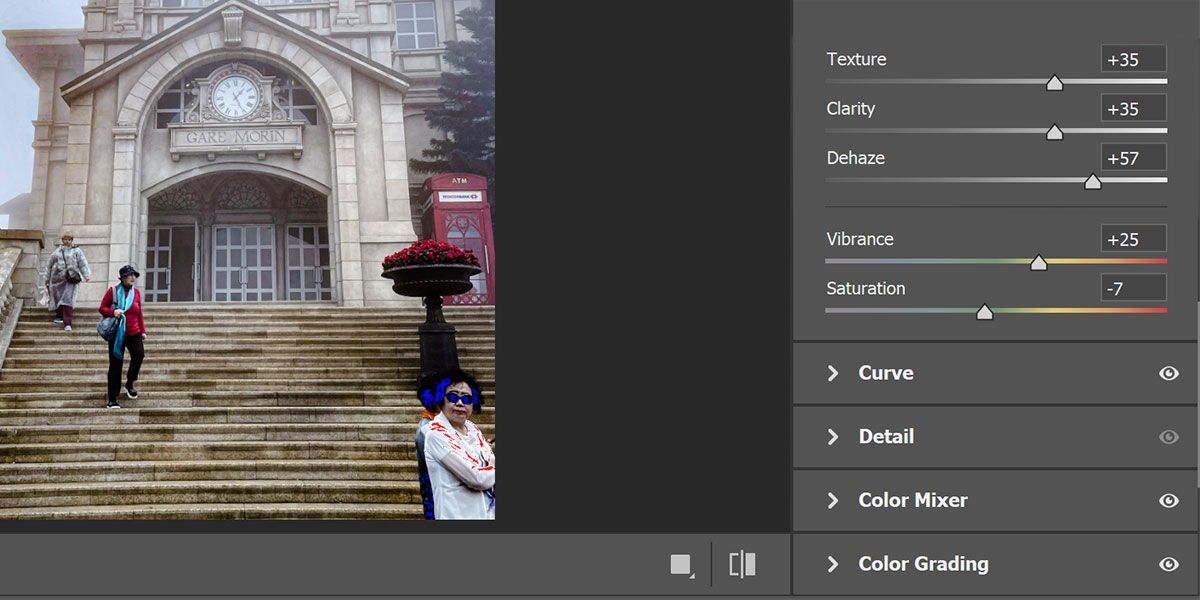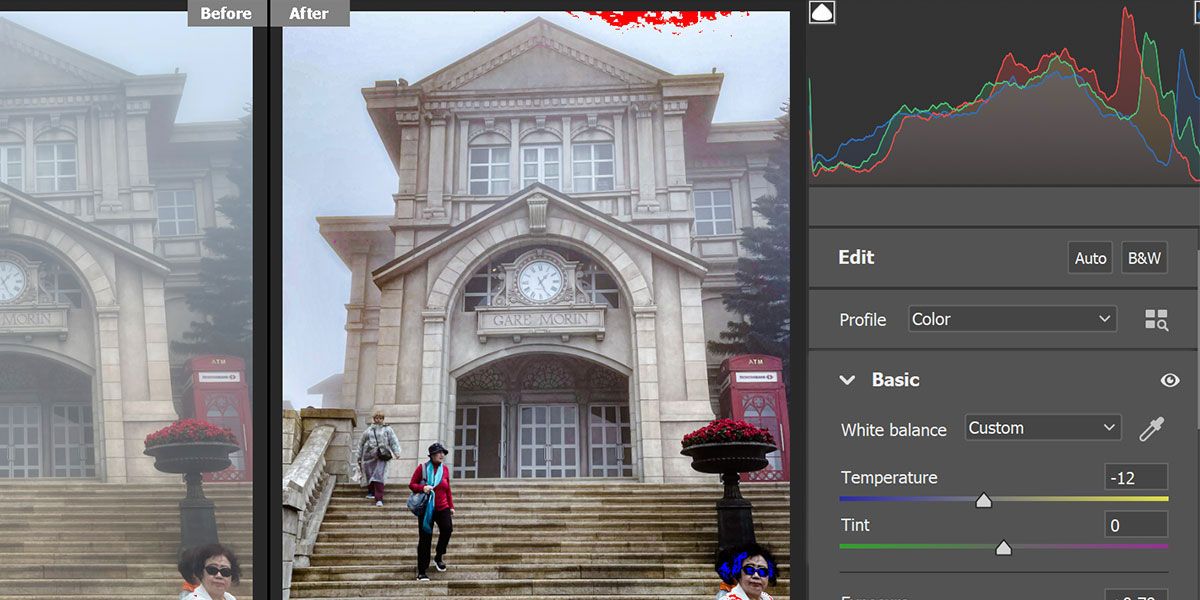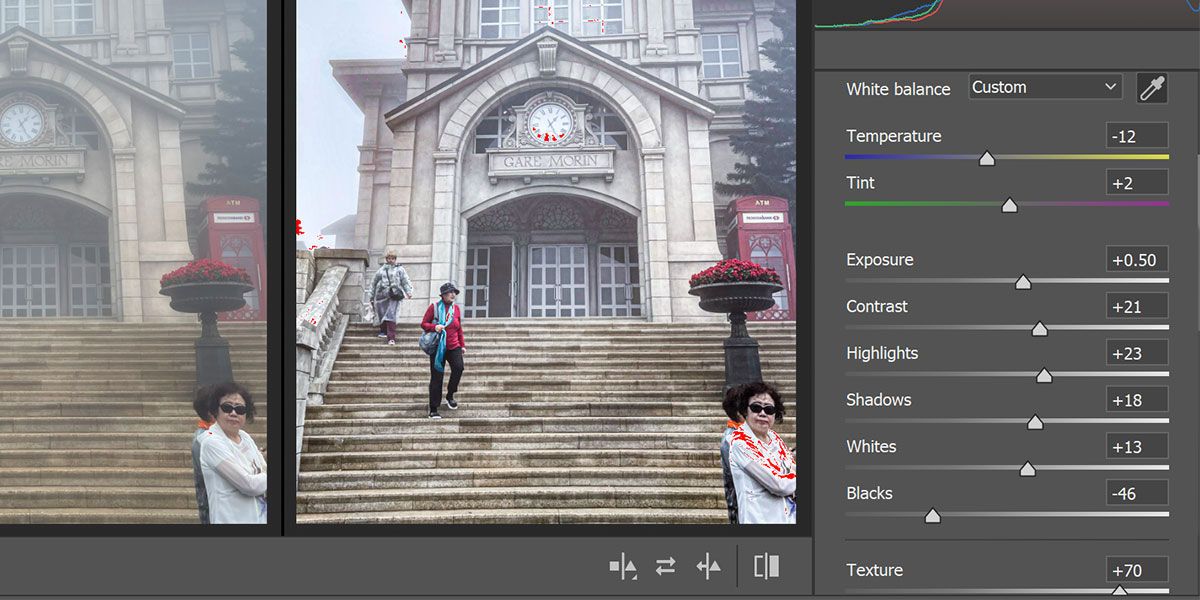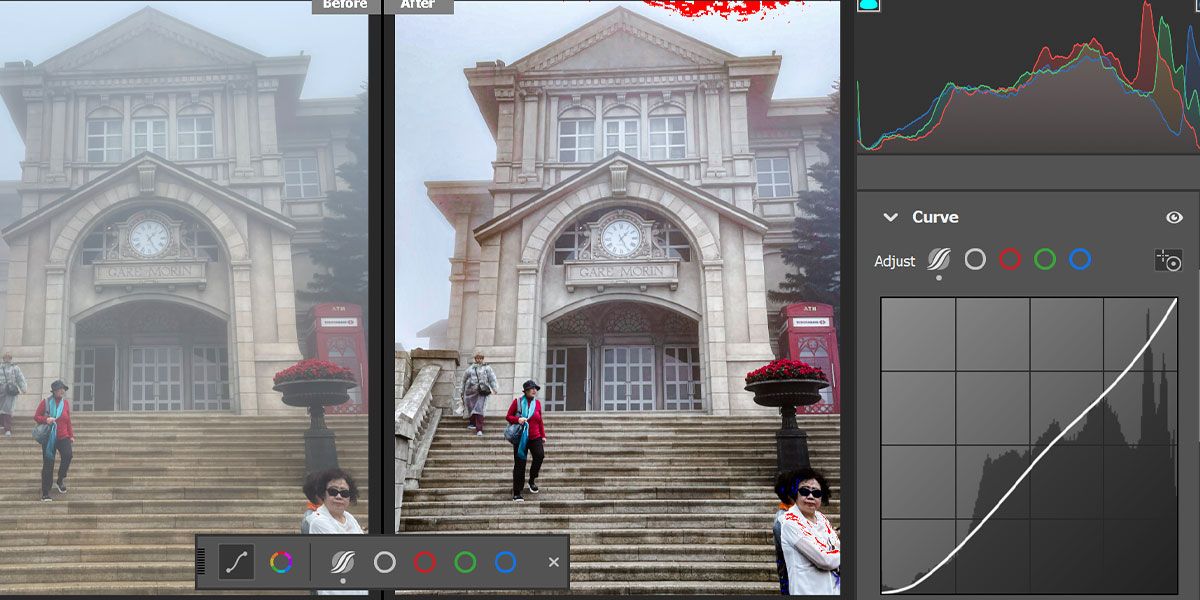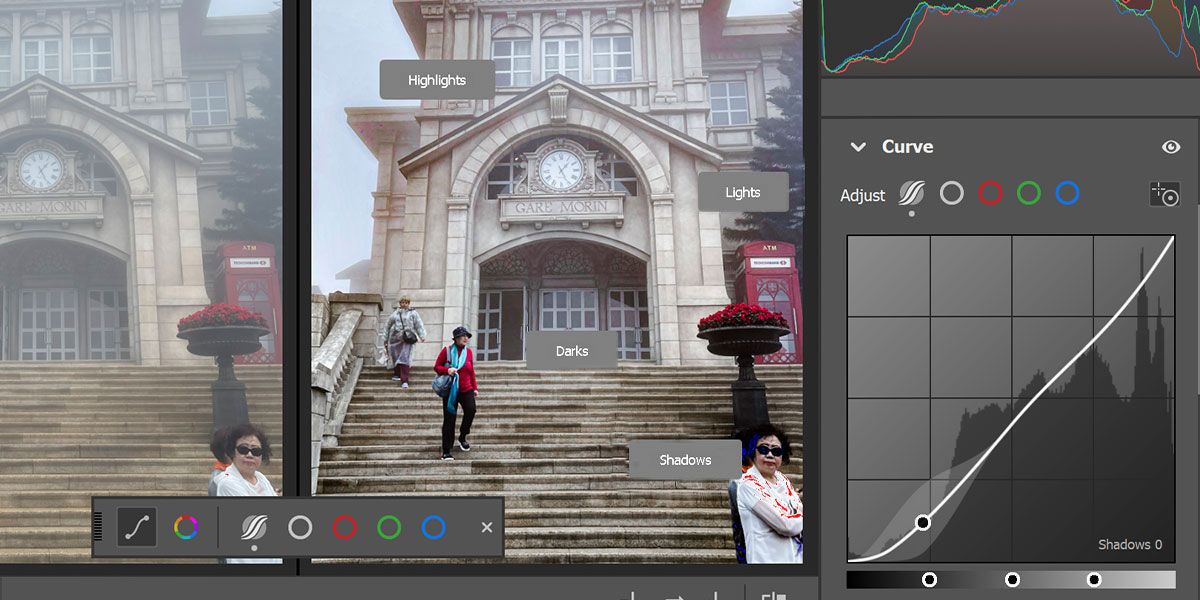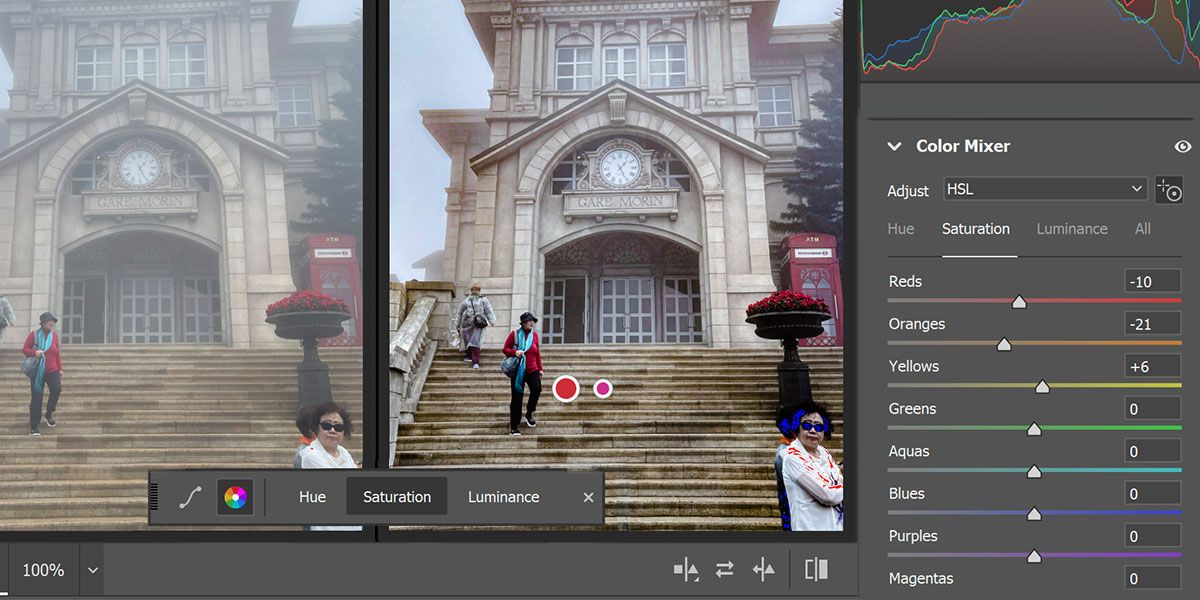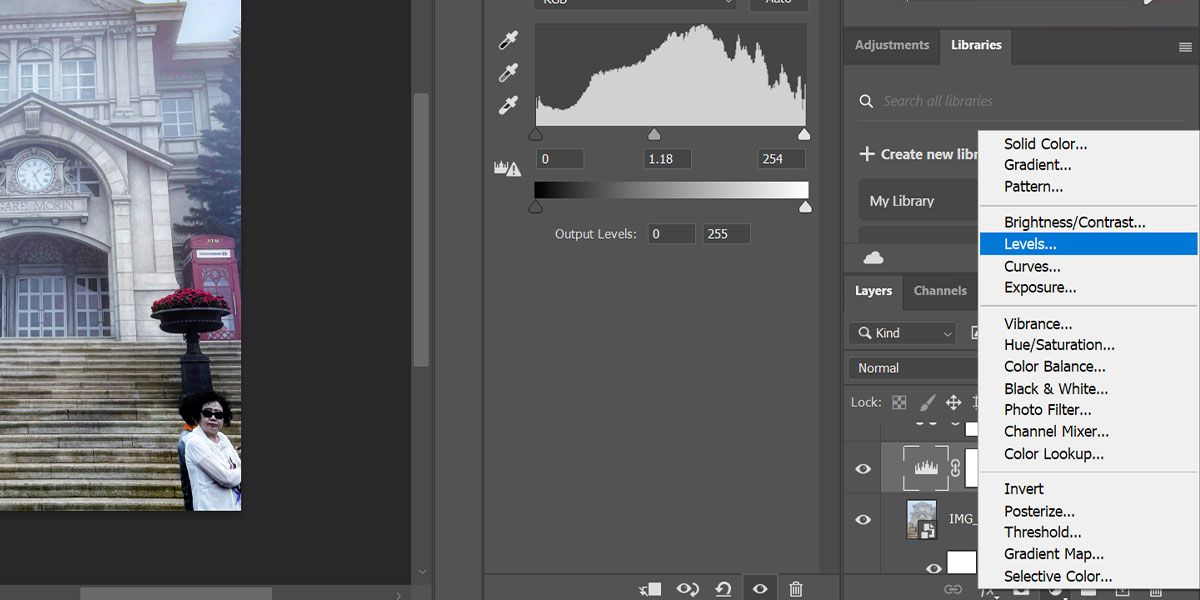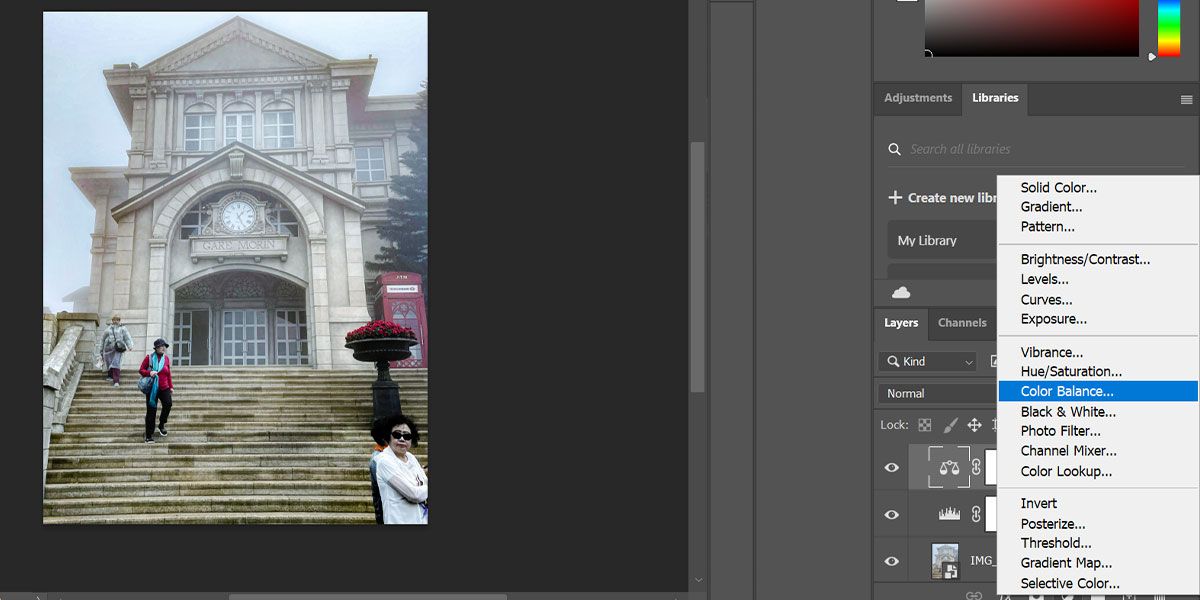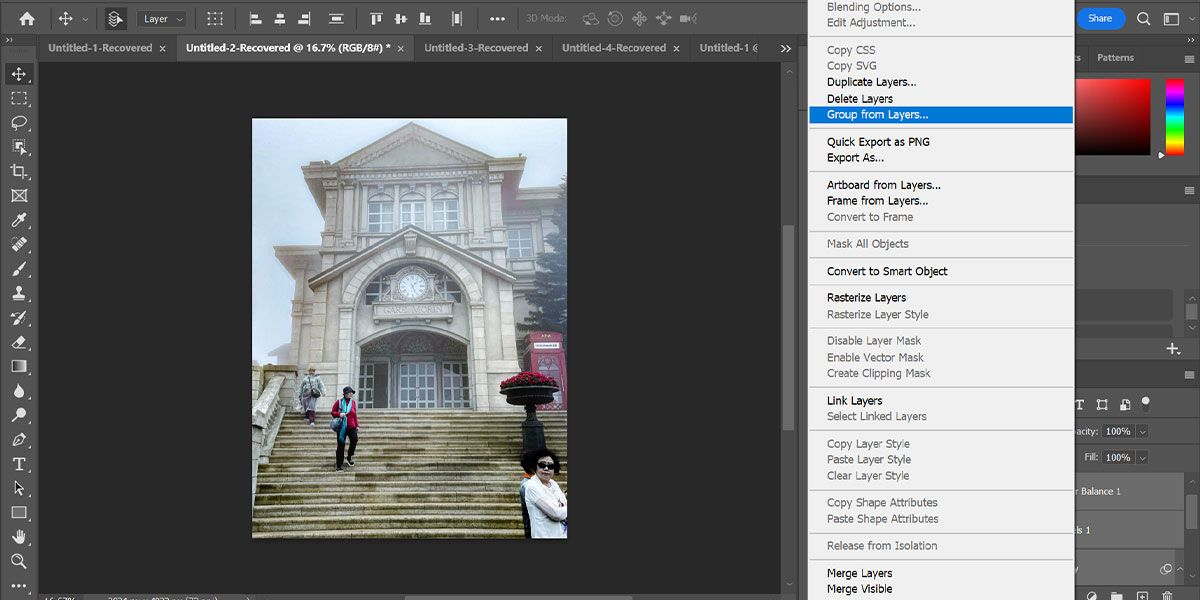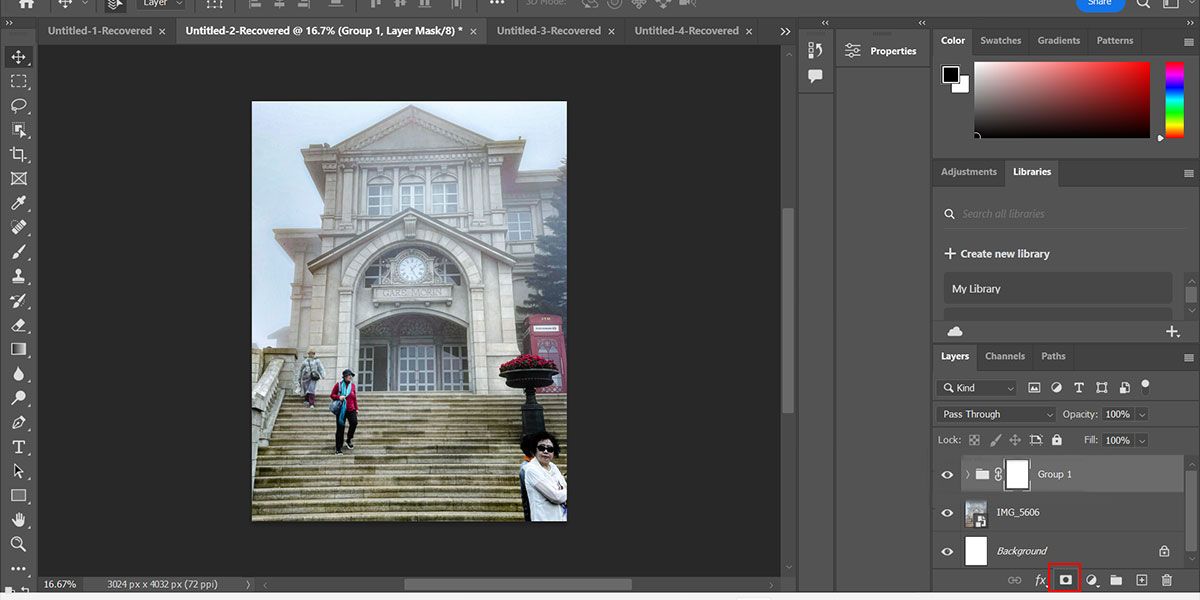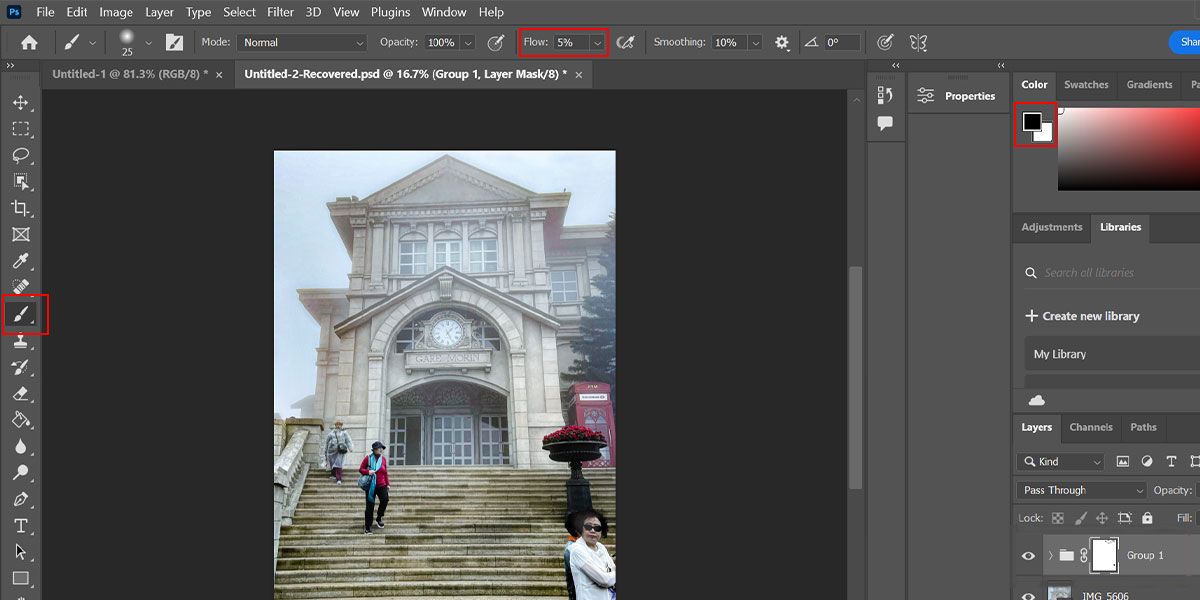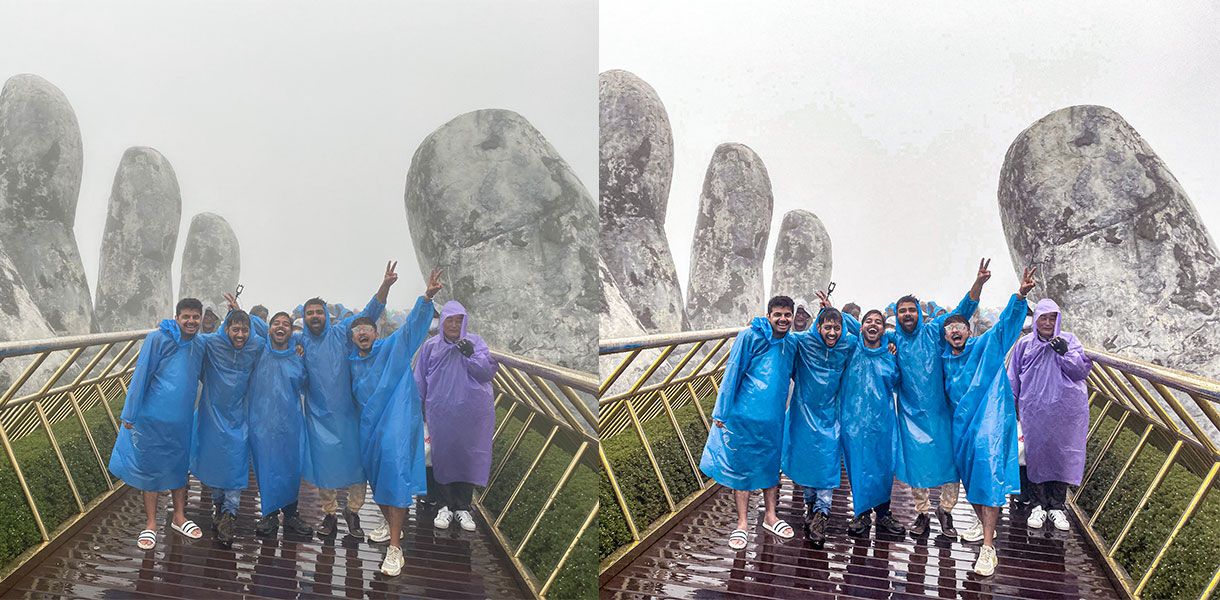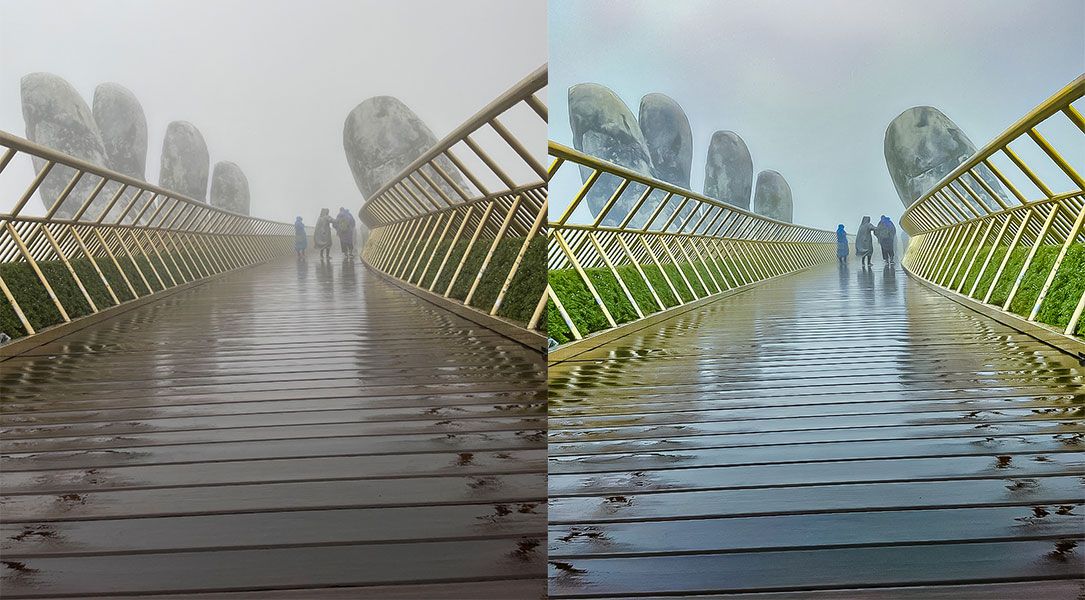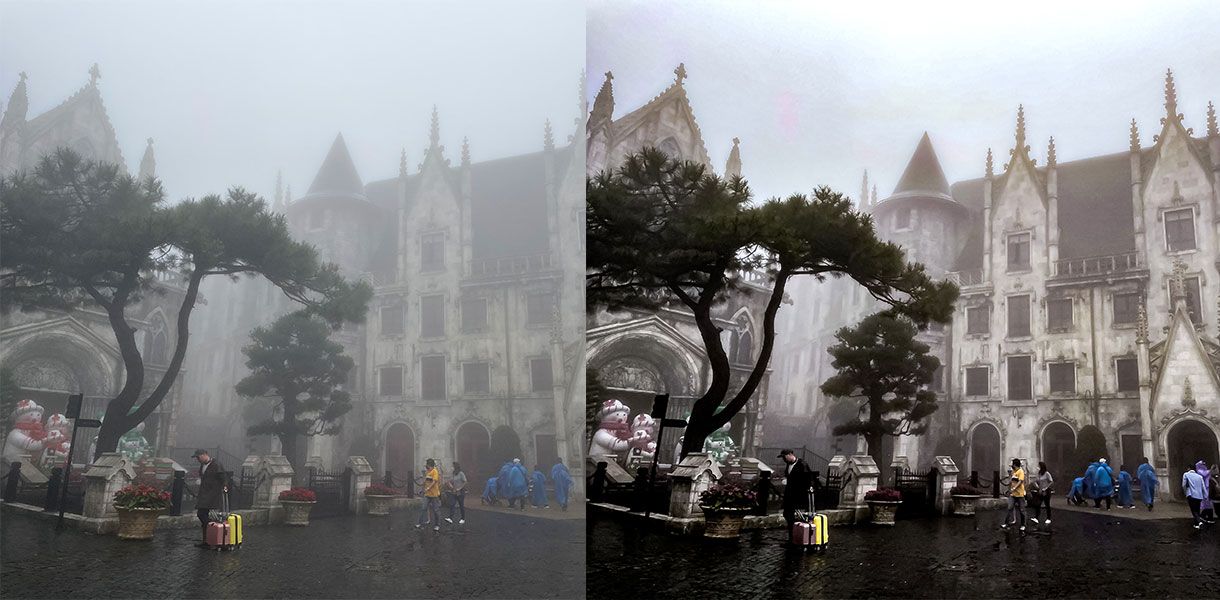For all the traveling geeks, one of the most annoying things can be when you visit a mesmerizing hill station, but your photos end up full of fog, mist, or haze. These naturally occurring complications might ruin some of your best pictures of the trip. Luckily, you can remove mist or fog from your photos using a filter called the Camera Raw Filter in Photoshop.
How to Remove Fog and Mist From Your Photos in Photoshop
The method shown in this article uses Photoshop version 24.0.1. Your results may vary slightly depending on the version you are using. However, it won't be a game-changing problem. You can always update your application to the latest version and take advantage of the new Adobe Creative Cloud features.
Here's how to remove fog and mist from your photos:
-
Open Photoshop and create a new custom file with dimensions similar to your photo.
- Drag and drop your photo on the document.
- Hit Enter once you are satisfied with the placement.
-
Press Ctrl + J to make a copy of your image.
-
Click on Filter and select Camera Raw Filter. Alternatively, you can also press Shift + Ctrl + A.
-
Click on the square icon at the bottom to see the original and edited versions of your photo beside each other.
-
Under the Basic section, increase Texture and Clarity to around 40-70 units. Increase Dehaze to around 50 units. If you increase Dehaze more than that, it may ruin your photo's color balance.
-
Now, adjust the Temperature to neutralize the slight color error caused by Dehaze.
The mist and fog should be gone for the most part, but to make your image look more natural, you should tinker with the basic editing components like Exposure, Contrast, and so on. All these edits are available under the Basic section.
Here's how to do it:
- Increase the Exposure. Exposure shows the amount of light in your photograph. So, increasing it makes the elements in your picture more visible.
- Increase the Contrast. Contrast defines how dark the darkest parts will be and how light the lighter parts will be. Increasing the contrast removes the remaining layer of mist from your picture.
- Increase the Highlights. Highlights are the brighter part of the image. You are making the naturally brighter parts brighter to compensate for the fog.
- Decrease the Shadows. Shadows are the darker parts of your image. The mist makes them lighter. So, by decreasing Shadows, you make the darker parts darker as they should be without mist.
The last edits in this section are Whites and Blacks. The Whites setting deals with the image's highlights, and the Blacks deal with the image's underexposed areas. You can tweak them a little to see if it makes your image better. Otherwise, you can leave them untouched.
While editing with the Camera Raw Filter, you might see some red or blue saturated parts. Don't worry about this; it resembles the broken pixels, which you can fix with further editing.
Additional Retouching to Make Your Image Pop Naturally
The above-mentioned method will help you get rid of the fog and mist in your images. However, the results might look unnatural. Therefore, you must use two more sections of this filter to improve your image.
Here's how to retouch your image:
Use Curves to Adjust the Image Luminance
- Scroll down and click on the Curves section.
- Here, click on the first option to adjust Parametric Curve.
-
Now, click on the Parametric Curve Targeted Adjustment tool.
-
The curve is distributed in four parts: Highlights, Lights, Darks, and Shadows. You can see which element you are tweaking while hovering over the image.
- To edit the Highlights, pick a spot with the most light, like the sky. Increase or decrease the setting by left-clicking and sliding it to the right or left.
- The darkest part of the image should resemble Shadows. Use the same method to define luminance for Shadows.
- Similarly, tweak the Lights and Darks settings to make your image appear more natural.
Use the Color Mixer to Pop Your Image
The Color Mixer feature lets you selectively change colors or increase/decrease their Luminance or Saturation. Since changing the Hue will disrupt your image colors, you should only tweak the Saturation and Luminance settings.
Here's how to use the Color Mixer feature for popping your image colors:
-
While the Targeted Adjustment tool is selected, click on the circular icon on the bottom toolbar to select the Color Mixer option.
- Now, select Luminance to make specific colors bright or dark.
- Hover over your image, and the tool will show you which color you are tweaking. Left-click and slide it to the left or right to decrease or increase the Luminance respectively.
- Similarly, select the Saturation setting from the bottom toolbar and repeat the above step to specify the Saturation of specific colors.
- Hit Enter to finalize your edit.
You have successfully removed fog and mist from your photos and popped the colors to make your picture look better. See our detailed guide on using Hue/Saturation in Photoshop to utilize the feature better.
You can make further minor adjustments to fix any remaining unnatural appearance in your photo:
-
Select the Levels adjustment layer and move the center slider to make your image brighter or darker.
-
Select the Color Balance layer and tweak the pointers for various colors to make a final color adjustment.
-
Select the topmost layer and click on the Camera Raw Filter layer while holding Shift. Right-click and add these layers to a single group.
-
Click on the Mask option while the group is selected.
- Now, select the Brush tool and set the foreground color as black.
-
Change the Flow setting to 5% and clean over any pixilated parts that you think are over-edited.
That's it. You have not only removed the fog and mist but also made the image look natural. For further color editing, here's how to remove unwanted color cast in Photoshop.
The Limitations of the Camera Raw Filter
The Camera Raw Filter works best if the subject is closer to your camera. The first example below shows that the trick works like a charm.
In this second example, it is still possible to remove the mist and fog with people a bit farther away in the photo while keeping the image looking natural.
However, if your subject is too far from your camera, or if the fog is too much, it can be challenging to retrieve the details, as shown in the below example.
Remove Fog and Mist to Make Your Photos Pop
Mist, haze, and fog are naturally occurring complications you can't deal with while clicking the photo. Fortunately, you can edit your image to remove these unwanted elements using Photoshop.
The editing has limitations, but you can get the best out of it by capturing your images in RAW format. So, the next time you are in a foggy area and want to click some awesome photos, try to capture them in RAW format and return to this article to remove the fog and mist manually.

